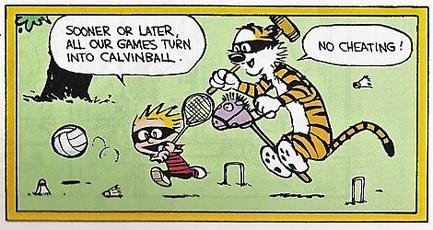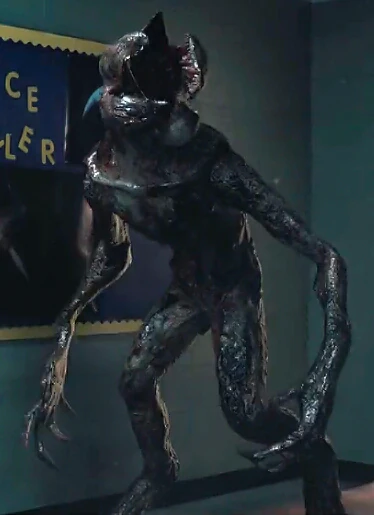Bill Watterson’s Calvin and Hobbes, loved by many, first popped up in newspapers November 18, 1985. This lovable twosome has become deeply ingrained in our culture, bringing joy through their countless inventive escapades.
Imagine knowing Calvin: a six-year-old boy blessed with an unstoppable imagination. Add Hobbes, his pretend-tiger sidekick. Together they plunge into one imaginative journey after another, bending reality’s rules and boundaries along the way.
Calvin and Hobbes aren’t just a comic strip; they’re a breath of fresh air. They mix laughs, smarts, and social insight. Even though the original strip has stopped printing, new fans keep joining the old; its charm is everlasting.
The magic within Calvin and Hobbes lies in its capture of what it’s like to be young. Through Calvin’s wild daydreams and the pointed wisdom from the stuffed tiger Hobbes, we are reminded of family ties, school days, friendships, and nature’s beauty. Its themes strike a chord that transcends age.
But also, Watterson’s deft artistic skill helps explain the strip’s success. His meticulous drawings make Calvin and Hobbes just pop off the page, drawing readers into their world of pretend. Watterson’s blend of thoughtful writing and rich art ensures Calvin and Hobbes remains a favorite read.
For ten years, Calvin and Hobbes amused many, until the last episode came out on December 31, 1995. But its powerful effect still lives on in spite of its brief existence. Present-day comic creators recognize its impact, drawing from Watterson’s originality and potent narrative skills.
Though Calvin and Hobbes ceased production, its charm didn’t fade away. Comic compilations have been made into books! This lets fans revisit cherished comics and helps them introduce a younger crowd to the adored pair. The timeless nature of Calvin and Hobbes and their journey intrigues the readers even today, proving its lasting attraction.





